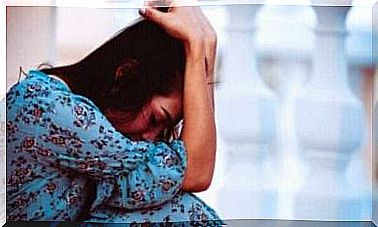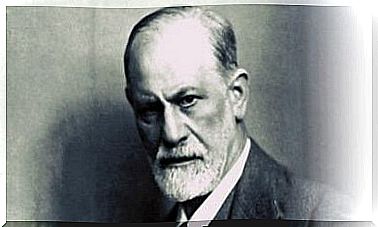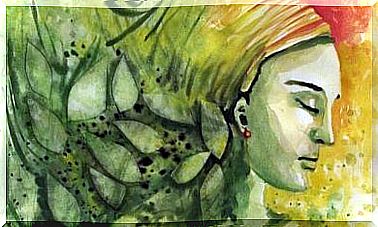The Psychopathology Of Consciousness As A Concept
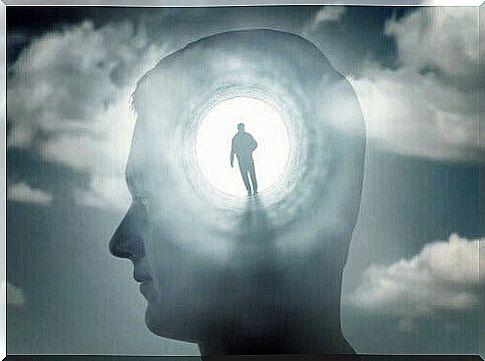
Human consciousness has been studied since the beginning of philosophy, and the psychopathology of consciousness derives from this. But after many years of study, there still seems to be no consensus in the definition of this construction.
Descartes spoke of spirit, and his efforts focused on understanding what it meant for a spirit to be able to say something about itself. Block (1995) spoke of two types of consciousness and Chalmers (1998) argued that it would take “a century or two” to resolve this issue.
Today, experts study psychological consciousness to find out if there are neural correlations with conscious states (Perez, 2007). The research lines do not seem to agree on the purpose of the study: should we focus on correlations between states of consciousness or content of consciousness?
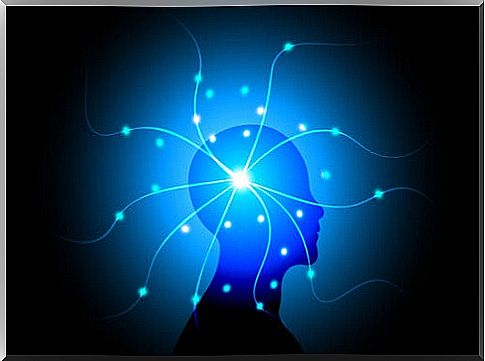
Psychopathology of consciousness: disorders
Although the definition of consciousness does not seem clear, the truth is that there are specific disorders of consciousness. Bleuler (1857-1939), a Swiss psychiatrist, defined consciousness as “the knowledge of one’s own self-knowledge “.
This means that people with altered consciousness cannot respond in an adequate and comprehensible way to the demands of the environment, nor to internal stimuli. The psychopathology of consciousness is based on this definition.
Gastó and Penades (2011, in Santos; Hernángomez and Travillo, 2018) talked about four properties of consciousness that are particularly relevant in disorders:
- the subjectivity or integrity of our senses
- the existence of a single consciousness in each individual
- each action is directed towards a goal
- self-awareness, which is the capacity to see and recognize oneself.
Consciousness disorders are organized according to which part of the body or brain they affect. The CeDe Psychopathology PIR Preparation Manual (2018) is taken as a reference here.
Disorders with lack of consciousness: lost in sleep
The psychopathology of consciousness includes behavioral disorders. We can characterize these through brain conditions where the victims have difficulty “waking up”, orienting themselves and responding to sensory stimulation. They seem lost in time or sluggish. There are three types of disorders with lack of awareness:
- Lethargy, drowsiness or drowsiness. These are people who can not maintain attention and alertness even if they try as hard as they can. Lethargy is not a subjective feeling of drowsiness due to poor rest but a change where there is hardly any physical or verbal stimulation.
- Darkened mind. People are in a deeper state of distraction and lack of stimulation. They feel confused and annoyed when another person tries to get them out of that state. There is a disorder in their entire psychological function. There are also perceptual distortions, such as hearing or visual problems.
- Apathy. We can see this in conditions such as catatonic schizophrenia. The person abandons all voluntary movements and possibly the speech is incoherent and barely understandable.
The complete absence of consciousness occurs when the person enters a coma, where reflexes such as pupil contraction disappear and where an electroencephalography (EEG) remains flat for thirty minutes. At this point, we can say that this person is no longer conscious.
Productive disturbances in consciousness: hallucinations in abundance
In the psychopathology of consciousness, we also find changes that suggest that although there may be consciousness, it is completely distorted, giving rise to images of hallucinations and illusions.
Dream delirium is a confusion between the real and the imaginary. This occurs in all productive consciousness disorders. In the midst of this confusion, people experience states similar to sleep, divided by moments of clarity. We can see dream delirium, or confusion, with the following disorders:
- Asthenic-apathetic state. This is most common in the elderly, and precedes confused conditions. The asthenic-apathetic stage may occur in people at risk of delirium and is characterized by affective lability, irritability, fatigue and apathy. There are also changes in the psychological functions, such as memory or attention.
- Confusing awakenings. These precede the acute state of confusion or delirium. Symptoms such as loss of coherence, memory distortion, incomprehensible language, and disruption of behavior occur.
- Delirium. Delirium is an acute cerebral dysfunction that causes a total change in the mental state and a change in consciousness. There are clear and dramatic changes in attention as well as disturbances in perception, thoughts, short- and long-term memory, psychomotor activity and the sleep cycle.
The change of context in delirium
Delirium usually occurs in the elderly who come to a hospital for completely different reasons. During the night, they experience an acute state of confusion.
The change of context and the level of anxiety involved in being in a hospital gives this. The problem here is that hospital workers often do not know what to do to help. The key here is to change the context.
Limiting the field of consciousness disorders: Division between thought and behavior
These disorders generate a lack of continuity between perception and cognition but are characterized by obviously normal but still automated behaviors.
The main disturbance in the narrowing of the field of consciousness has been shown to be in a state of twilight. In a state of twilight, consciousness is completely hidden, but the person’s understanding of the world, even if it is distorted, is partial.
The individual’s behavior seems to be in harmony with the environment and this is because their behavior is somewhat automated. These automatic mechanisms are involuntary movements, which means that they do not perform them consciously. The individual was able to perform these perfectly before entering this twilight state (sometimes called twilight memory loss).
There is a difference here compared to people with schizophrenia, for example, whose automations give rise to strange behavior.
In twilight states, impulses can also occur. Impulses are impulsive actions without a cognitive basis, and this distinguishes them from the compulsions that can occur, for example, in obsessive thoughts.
A characteristic of twilight states is that they come suddenly, but they also disappear suddenly. They usually last a few hours or a few days, and the affected individual does not remember anything from the period.

Delimited consciousness changes: they do not come alone
The psychopathology of consciousness also applies to psychological or neurological disorders without this being the patient’s main problem. This is usually the case in changes such as depersonalization and de-realization, which usually occur through anxiety, panic and neurotic situations.
Depersonalization is defined by Cruzado, Núñez and Rojas (2013) as a change in a person’s self-awareness. The person feels as if he is distant and far away, and that he is just a spectator looking at his own mental processes and body movements. They can only define their own symptoms with expressions such as “as if” due to the difficulty in performing these descriptions.
Depersonalization, even if it occurs in psychological and psychiatric illnesses, also occurs in people without disorders due to physical and emotional exhaustion, stress or lack of sleep.
Unrealization is a similar change. But we are talking here about a change in the person’s experience and perception of the world and not of himself.




